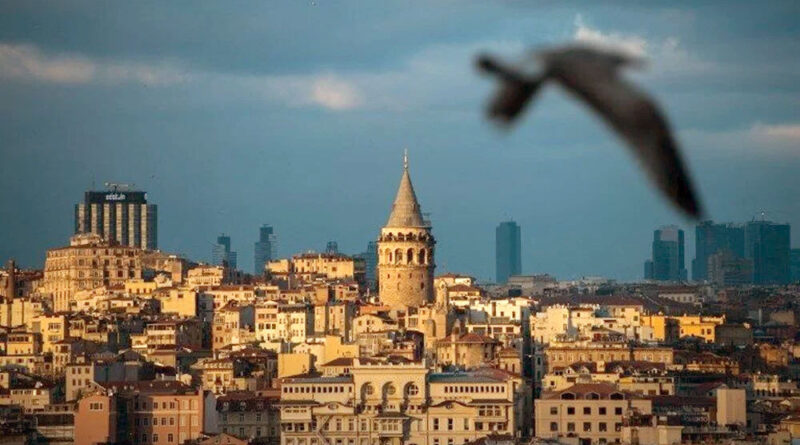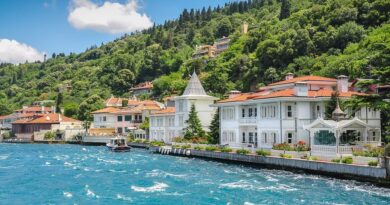Central Places in the Fascinating Historic Istanbul Peninsula
Exploring Central Istanbul Areas: Unveiling the Heart of the Enchanting Historic Peninsula
Istanbul, a city steeped in centuries of history and cultural significance, boasts a treasure trove of central areas (central Istanbul areas) that form the very essence of its charm. As you venture through the bustling streets and vibrant neighborhoods, you’ll encounter a tapestry of stories, traditions, and architectural marvels that make up the heart of the captivating historic peninsula.
The General Directorate of Foundations, which restores and revitalizes Ottoman works both within the country and abroad, also preserves the historical fabric of Istanbul. The General Directorate of Foundations systematically restores foundation works in Turkey and the Ottoman territories. From 2002 to the present day, a total of 5,250 foundation works have been restored by the General Directorate. Continuing its activities wherever Ottoman works are located, the General Directorate keeps bringing new works to light and maintaining their existence. Here are some of the main foundation works in Istanbul:
Reviving the Glory: Ottoman Heritage Sites in Istanbul
The General Directorate of Foundations, both nationally and internationally, engages in the restoration and resurrection of Ottoman artifacts, ensuring the preservation of Istanbul’s historical tapestry. The Directorate meticulously rejuvenates endowment structures in Turkey and throughout the Ottoman territories. Since 2002, a remarkable 5,250 endowment works have been skillfully restored under its stewardship.
Spice Bazaar: A Legacy Woven in Stone
The New Mosque Complex, nestled within Eminönü Square, encompasses the Mosque, Imperial Pavilion, Mausoleum, Fountain, Bazaar, and Elementary School. At the behest of Valide Safiye Sultan, the wife of Sultan Murad III and the mother of Sultan Mehmed III, the foundation of the complex was laid by Mimar Davud Ağa, a disciple of Mimar Sinan, in 1597 (H. 1006). It was later completed in 1663 under the patronage of Valide Hatice Turhan Sultan.
Carpet Museum: Weaving Past into Present
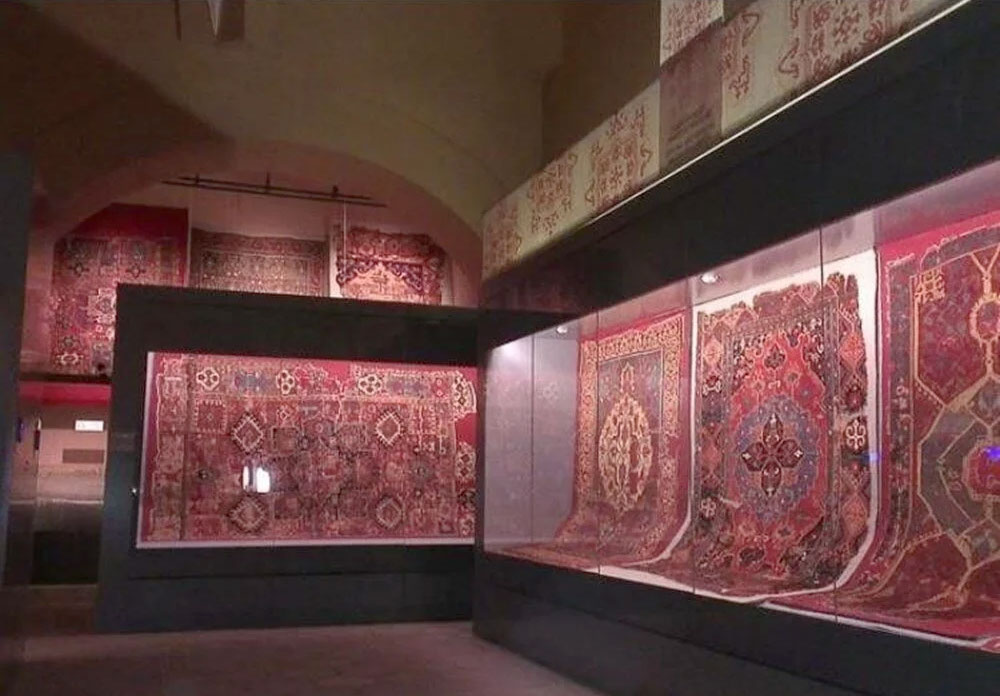
The Hagia Sophia Imaret, commissioned by Sultan Mahmud I, initially served as a soup kitchen. Over time, the building, which had fallen into disrepair, was repurposed as a lead repository.
Grand Bazaar: Where History Unfolds
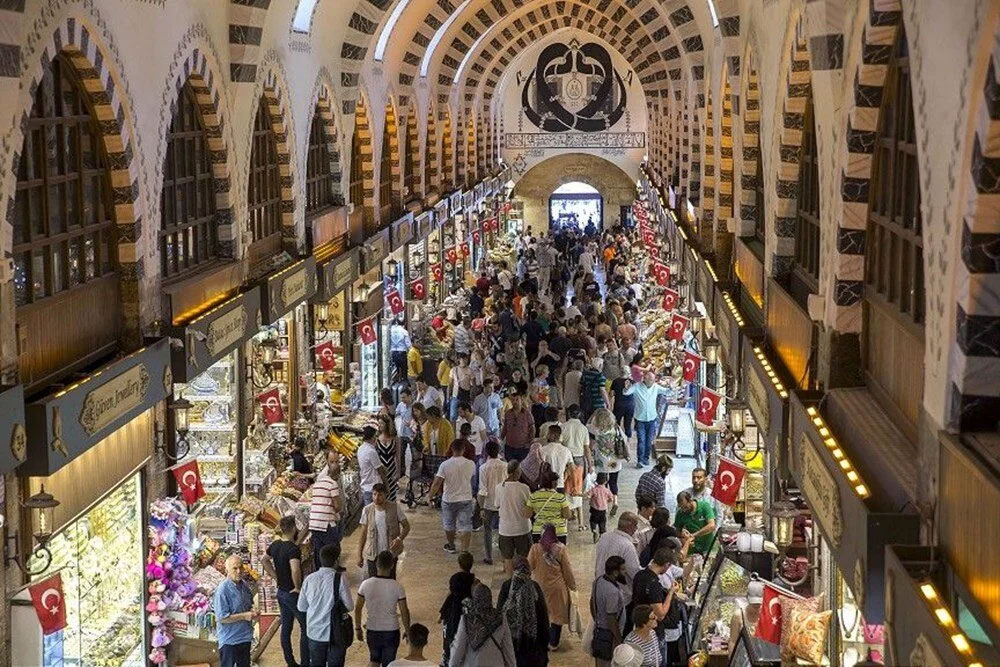
Situated at the crossroads of Beyazıt, Nuruosmaniye, and Mercan, the Grand Bazaar stands as one of the world’s largest and oldest covered markets. Spanning 30,700 square meters, it boasts around 66 winding streets and approximately 4,000 shops, akin to a city within itself. Over time, this vibrant marketplace evolved and expanded, encompassing 5 mosques, 1 school, 7 fountains, 10 wells, 1 sebil, 1 şadırvan, 24 gates, and 17 caravanserais.
Little Hagia Sophia Mosque: A Tranquil Haven “Central Istanbul Areas”
Originally known as the Church of Saints Sergius and Bacchus, built between 527 and 536 by Byzantine Emperor Justinian I and his wife Theodora, the Little Hagia Sophia was later converted into a mosque during the tenure of Sultan Beyazıt II’s Darüssaade Ağası Hüseyin Ağa. Subsequent additions included a medrese, a şadırvan, a minaret, and a muezzin’s gallery. The mosque underwent extensive renovations in 1831 following significant damage sustained during the earthquakes of 1648 and 1763.
Blue Mosque: An Architectural Masterpiece
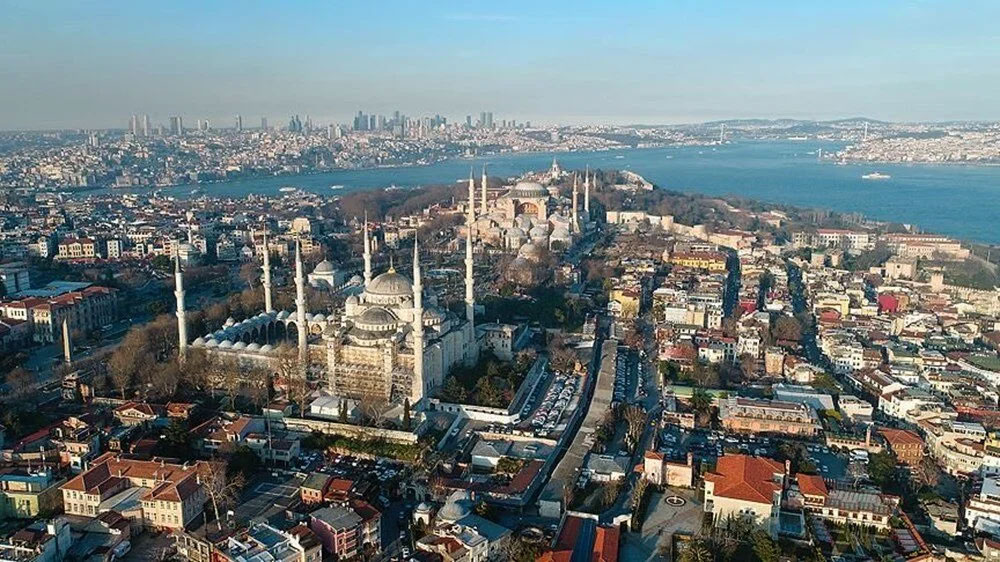
Recognized as a masterpiece within the architectural philosophy of Mimar Sinan, the Sultan Ahmed Mosque, popularly known as the Blue Mosque, is a testament to Ottoman grandeur. Constructed within the principles of Mimar Sinan by Mimar Sedefkâr Mehmet Ağa, this mosque emerged as a pivotal work of the 17th century. Restoration work commenced in July 2017 under the auspices of the Directorate General of Foundations, First Region.
Rüstem Pasha Mosque: A Maritime Gem
Among the three seaside mosques crafted by Mimar Sinan in Istanbul, Rüstem Pasha Mosque holds a special place. Positioned above the market level, this mosque, alongside the New Mosque, serves as a notable landmark in the city’s skyline. The Rüstem Pasha Mosque, commissioned by Rüstem Pasha, remains a distinguished symbol of Istanbul’s coastal charm.
Süleymaniye Mosque: A Legacy of Magnificence
Named after the district it graces, the Süleymaniye Mosque complex, situated atop Istanbul’s third hill, was commissioned by Sultan Suleiman the Magnificent and erected by Mimar Sinan. This monumental mosque complex, located at 377 island, parcel 6, bears inscriptions that record its commencement in 1550 and its completion in 1557.
Fatih Mosque: Etching a Legacy
Dominating Istanbul’s skyline from its elevated hilltop, the Fatih Mosque and its associated külliye structures were erected by Sultan Mehmet the Conqueror in his namesake district. This mosque, the first imperial mosque and külliye constructed following the city’s conquest, began its construction in 1463 and was completed in 1470. The architect of the complex, which encompasses the mosque and its surrounding structures, was Atik Sinan. This esteemed külliye continues to serve as a prominent religious and cultural center within Istanbul.

